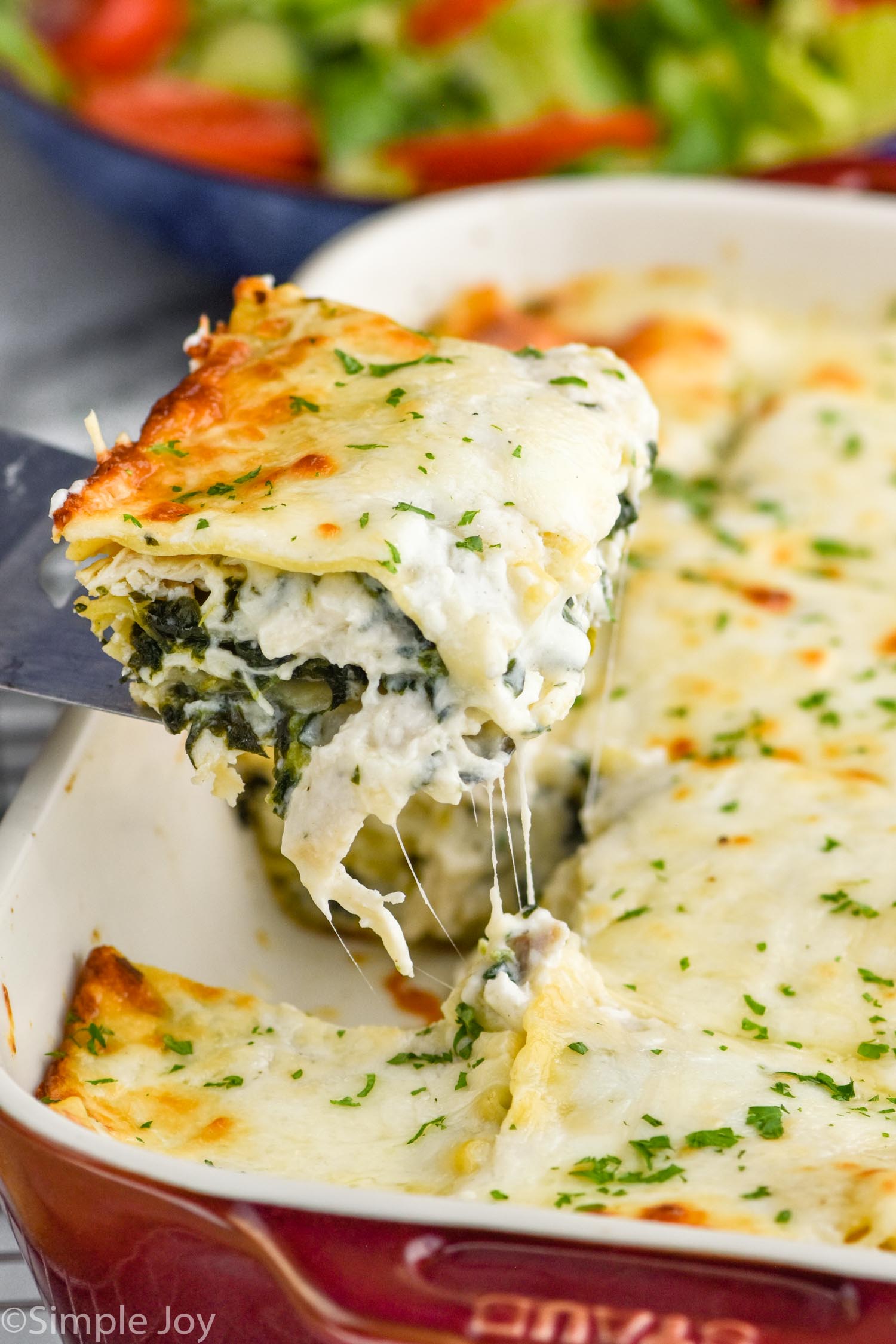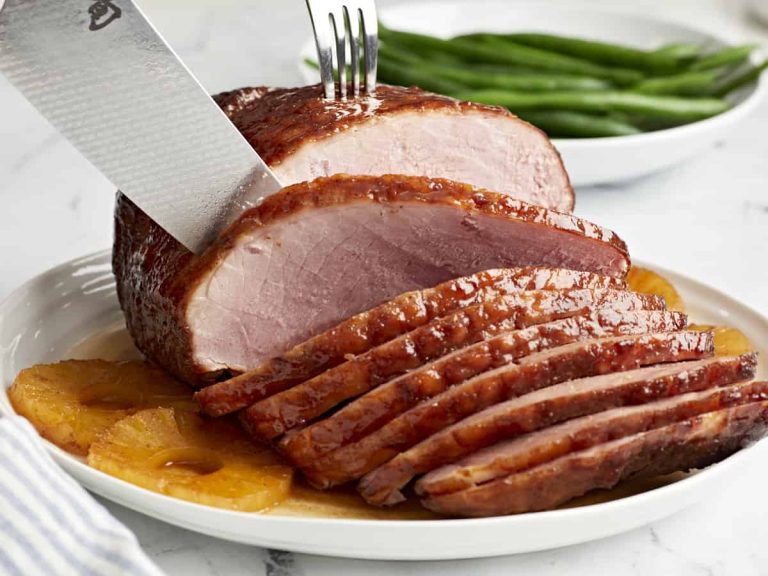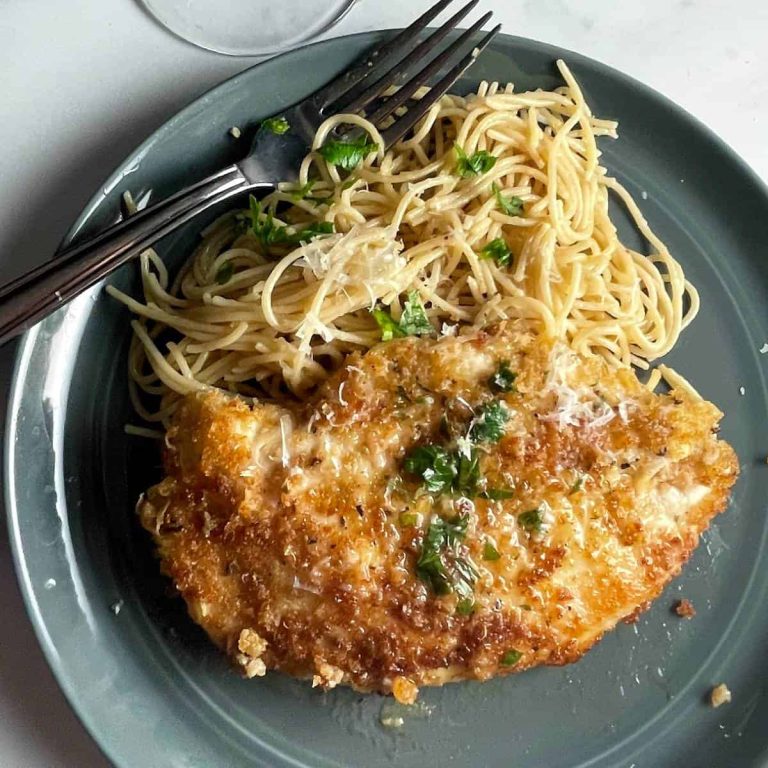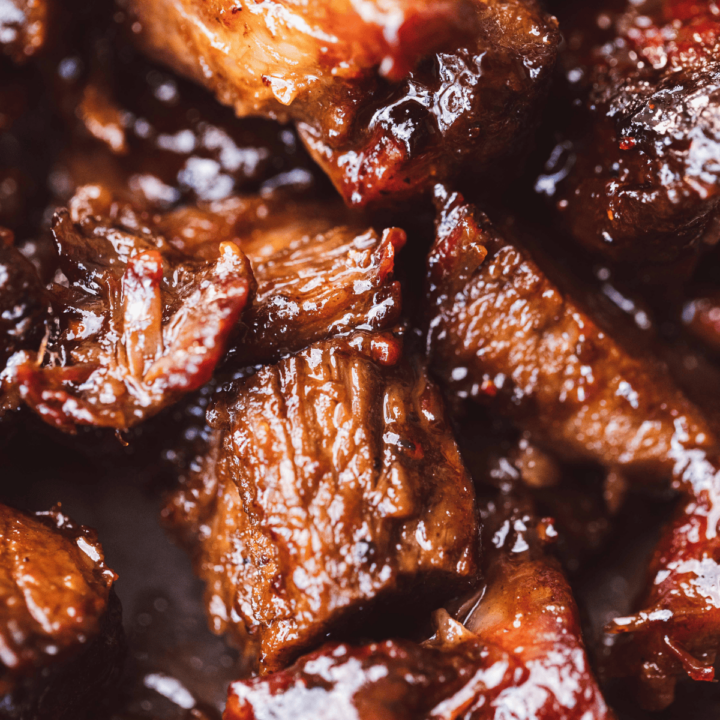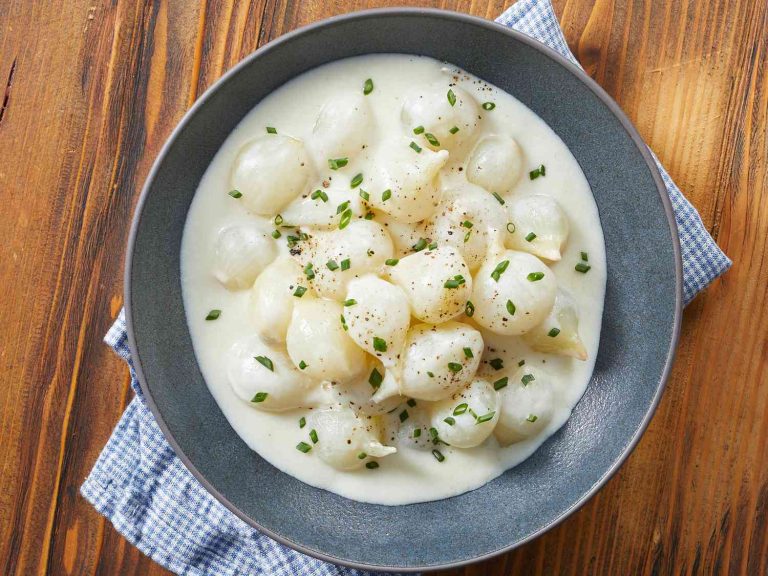Lasagna Alfredo: Recipe, History, Nutritional Facts, and Perfect Pairings
Lasagna has a rich history that dates back to ancient civilizations. The Greeks and Romans both had early versions of layered pasta dishes. “Lasagnon,” a Greek term, referred to the pasta itself, while the Romans later adapted it into “lasanum,” meaning cooking pot.
By the Middle Ages, lasagna had evolved into a distinct Italian dish, particularly in the region of Emilia-Romagna. These early versions layered flat pasta sheets with rich sauces, including ragù, béchamel, and a variety of cheeses. Known for its hearty and satisfying nature, traditional lasagna utilized local ingredients such as Parmigiano-Reggiano cheese and fresh pasta, establishing itself as a staple in Italian cuisine.
The Emergence of Alfredo Sauce
Alfredo sauce, on the other hand, has its origins in early 20th-century Rome. Created by Alfredo di Lelio, this creamy sauce originally comprised only butter, Parmesan cheese, and pasta water. Alfredo di Lelio prepared it as a comforting dish for his pregnant wife, but it gained popularity among American tourists and Hollywood stars who dined at his restaurant.
This rich, indulgent sauce became especially favored in the United States, where chefs often enhanced it with heavy cream to create an even creamier texture. The sauce’s creamy consistency and flavor profile made it a versatile addition to various pasta dishes, including fettuccine Alfredo, a beloved Italian-American classic.
Combining these two culinary traditions, Lasagna Alfredo merges the comforting layers of traditional lasagna with the creamy, irresistible allure of Alfredo sauce, creating a modern twist that speaks to both heritage and innovation in the kitchen.
Key Ingredients in Lasagna Alfredo
Types of Pasta Suitable for Lasagna
Focus on using pasta sheets specifically designed for lasagna. These wide, flat sheets provide the ideal structure for layering. Opt for either fresh or dry lasagna sheets, based on your preference. Fresh pasta sheets cook faster and often have a softer texture, while dry sheets may take longer but offer a firmer bite. Gluten-free pasta sheets cater to dietary restrictions without sacrificing taste or structure.
The Perfect Alfredo Sauce Recipe
Alfredo sauce forms the creamy foundation of Lasagna Alfredo. Achieve the best results with the following ingredients:
- Butter: Use high-quality unsalted butter to control the sauce’s saltiness.
- Heavy Cream: This provides the rich, velvety texture characteristic of Alfredo sauce.
- Parmesan Cheese: Freshly grated Parmesan enhances the sauce’s depth of flavor. It melts better and integrates smoothly into the sauce.
- Garlic: Minced garlic adds a subtle, aromatic kick.
- Salt: Season to taste but start with a small amount, as Parmesan cheese is naturally salty.
- Pepper: Freshly ground black pepper introduces a slight heat.
Melt butter and cream in a saucepan over medium heat until it simmers. Add garlic, then stir in the Parmesan cheese until the sauce thickens. Season with salt and pepper to taste. Use this sauce generously between lasagna layers for a rich, comforting dish.
Cooking Techniques for Perfect Lasagna Alfredo
Layering Tips to Enhance Flavor
Proper layering enhances the flavor of Lasagna Alfredo. Start with a thin layer of Alfredo sauce at the bottom of the baking dish to prevent sticking. Place a single layer of cooked lasagna sheets over the sauce. Spread a layer of ricotta cheese mixed with spinach or herbs for added richness. Add a generous layer of Alfredo sauce followed by shredded mozzarella. Repeat these layers until the dish is full, ensuring the top layer is Alfredo sauce mixed with mozzarella for a golden, bubbly finish.
Baking Time and Temperature Recommendations
Cooking Lasagna Alfredo at the right temperature ensures it’s perfectly cooked. Preheat your oven to 375°F (190°C). Bake the lasagna uncovered for the first 25 minutes to allow the top to brown. If the top gets too brown, cover loosely with aluminum foil for the remaining 20-25 minutes, checking periodically to avoid overcooking. The internal temperature should reach 160°F (70°C) to ensure food safety. Let it rest for 10 minutes before serving to allow the layers to set.
Pairing and Serving Suggestions
Best Sides to Complement Lasagna Alfredo
Garlic Bread: Serve garlic bread with your Lasagna Alfredo to add a crunchy texture. Choose a fresh baguette, spread with garlic butter, and bake until golden brown.
Salad: A crisp green salad can balance the rich flavors of the dish. Use mixed greens, cherry tomatoes, cucumbers, and a light vinaigrette for a refreshing side.
Broccoli: Steamed or roasted broccoli pairs well with the creamy Alfredo sauce. Season the broccoli with salt, pepper, and a splash of lemon juice for added zest.
Asparagus: Roasted asparagus with a drizzle of olive oil and a sprinkle of Parmesan cheese complements the dish perfectly. Roast until tender and slightly charred for best results.
Wine Pairings for an Elegant Dinner
Chardonnay: Opt for a rich, buttery Chardonnay to match the creamy Alfredo sauce. The wine’s smooth texture enhances the flavors of the dish.
Pinot Grigio: A light, crisp Pinot Grigio offers a refreshing contrast to the heavy Lasagna Alfredo. Its citrus notes cleanse the palate between bites.
Sauvignon Blanc: Choose a vibrant Sauvignon Blanc with herbal undertones for a unique pairing. The wine’s acidity cuts through the richness, balancing the overall taste.
Chianti: For red wine lovers, a medium-bodied Chianti works well. Its bright acidity and cherry flavors complement the savory elements of the dish.
Health and Nutrition Facts
Dietary Considerations in Lasagna Alfredo
Lasagna Alfredo often combines pasta, cheese, and creamy Alfredo sauce. Each ingredient can contribute to dietary considerations, especially for those with specific health goals or restrictions. If you’re watching your calorie intake, be mindful of portion sizes, as this dish can be calorie-dense due to its rich components. For those limiting fat intake, the Alfredo sauce and cheese add significant amounts of both saturated and unsaturated fats.
Individuals with lactose intolerance or dairy allergies should note that cheese and Alfredo sauce contain dairy products. Opt for lactose-free or dairy-free alternatives if necessary. Gluten-intolerant individuals can substitute regular pasta with gluten-free versions made from rice, quinoa, or legumes. Vegans can modify the recipe using vegan cheese and Alfredo sauce made with cashew milk or nutritional yeast.
Caloric and Nutritional Breakdown
Here’s a general nutritional breakdown of a typical serving (approx. 1 cup) of Lasagna Alfredo:
| Nutrient | Amount per Serving | % Daily Value* |
|---|---|---|
| Calories | 450 | 22% |
| Total Fat | 28g | 43% |
| Saturated Fat | 16g | 80% |
| Cholesterol | 100mg | 33% |
| Sodium | 950mg | 40% |
| Total Carbohydrate | 30g | 10% |
| Dietary Fiber | 2g | 8% |
| Sugars | 5g | – |
| Protein | 18g | 36% |
*Percent Daily Values are based on a 2,000-calorie diet. Your daily values may be higher or lower depending on your calorie needs.
Given the high-calorie and high-fat content, consume Lasagna Alfredo in moderation if you’re concerned about weight management or cardiovascular health. Increase fiber and micronutrient intake by incorporating vegetables like spinach, bell peppers, or zucchini into the lasagna layers.
Conclusion
Lasagna Alfredo offers a delightful twist on a classic favorite blending rich flavors and creamy textures. When prepared with attention to ingredient quality and cooking techniques it becomes a memorable dish perfect for special occasions. Keep in mind the nutritional aspects and consider adding vegetables to boost its health benefits. Enjoy your culinary creation with thoughtfully chosen sides and wine to elevate your dining experience.
